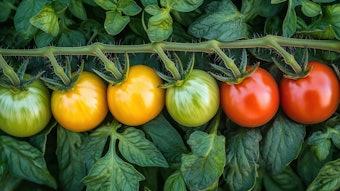Sensory physiologists have approached the study of complex perceptual phenomena only after investigating more simple stimulus-response interactions. Researchers in vision have used spots, bars and angles as basic stimuli (29, 30, 39); auditory researchers have used pure tones (20, 36). In gustation most research has emphasized the use of sugars and inorganic salts and acids (61). Although our understanding of each sensory system has advanced by utilizing these simple stimuli, dramatic and often unexpected results have been obtained when physiologists advanced to the level of using more complex, biologically relevant stimuli. In vision the discovery that some frog retinal ganglion cells are specifically tuned to respond to moving spots or edges (40) greatIy accelerated research on feature detection and introduced the concept of biological significance to sensory physiologists. The discovery of pheromones at about the same time by Karlson and Liischer (35) served to emphasize the importance of biologically adaptive stimuli and the efficacy with which a sensory system could process them. In the auditory system biologically significant stimtuli have been discovered in a variety of animals including the frog (8), barn owl (52), moth (64) and monkey (87). Researchers in gusttion have not yet used complex organic stimuli other than sugars to any great extent in neurophysiological studies. We undetook to initiate this process by defining the neural and behavioral responses to 12 l-amino acids. These were chosen to represent both essential and nonessential classes and to cover a wide range of molecular weight and pH.
A Neurobehavioral Analysis of I-Amino Acids as Taste Stimuli
Apr 13th, 2016










